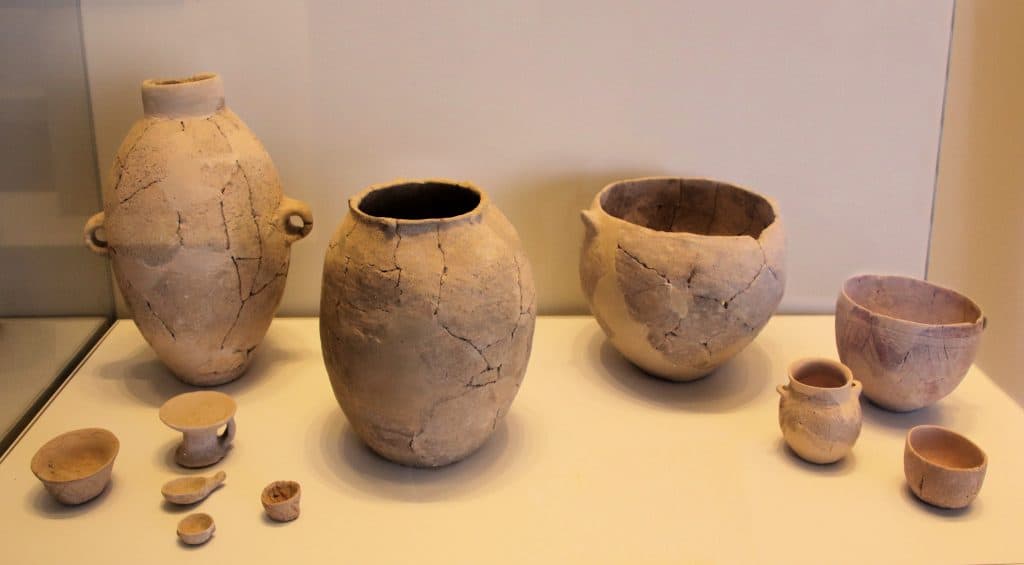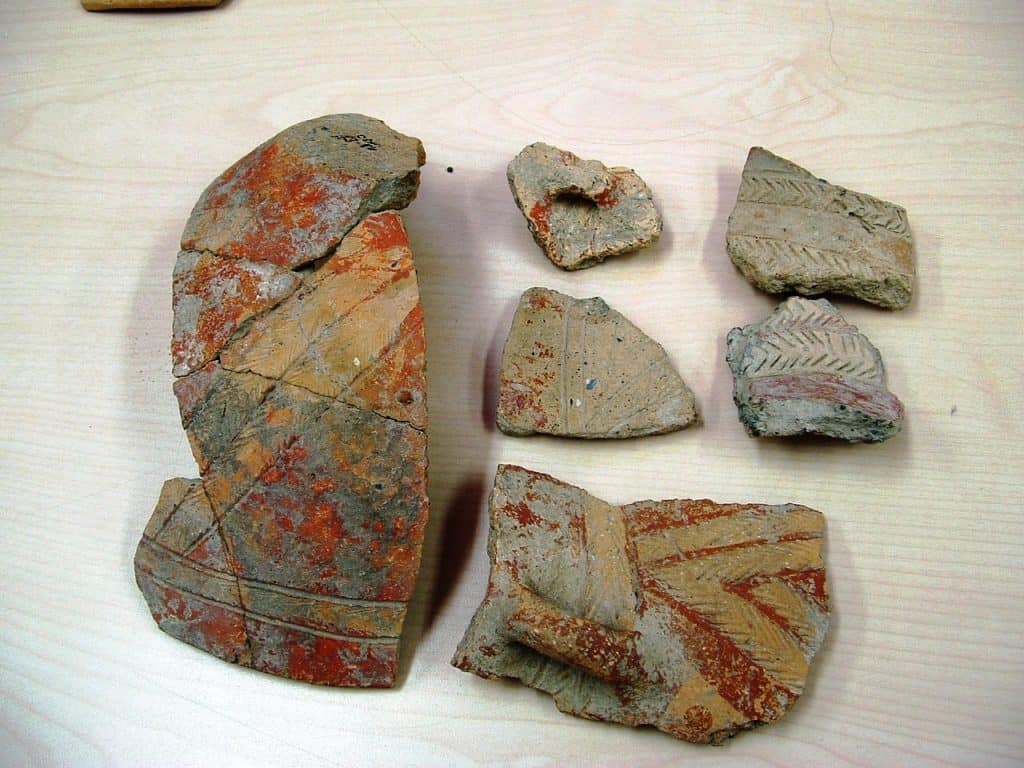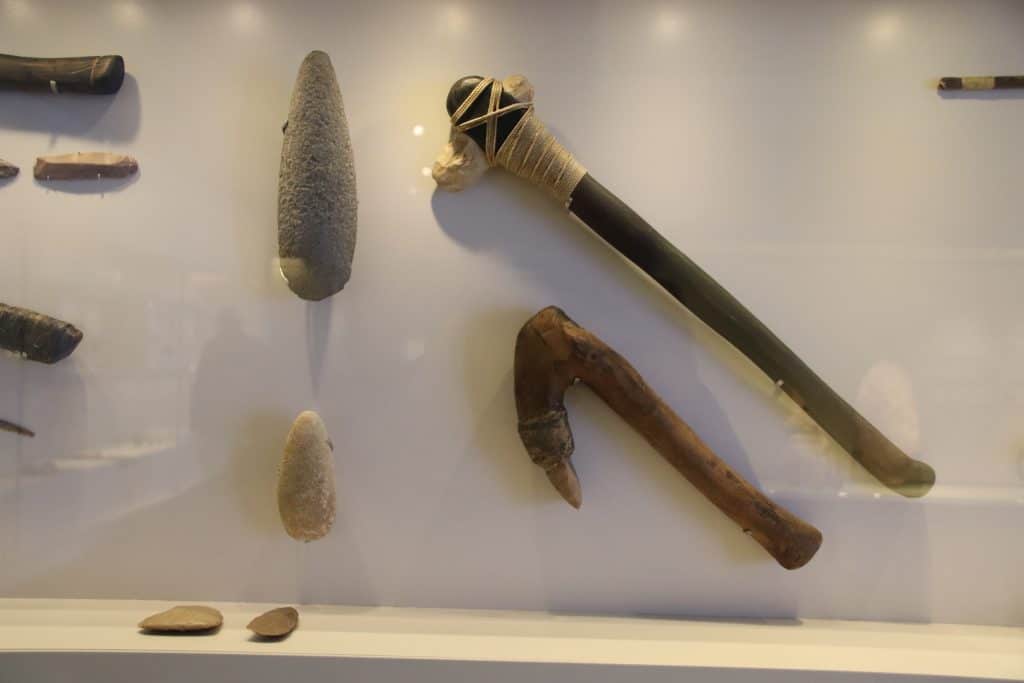The Neolithic Revolution is one of human history’s most significant turning points. With the emergence of agriculture and the transition from a nomadic hunter-gatherer lifestyle to settled farming communities, humanity witnessed a profound shift that laid the foundation for the development of civilizations. In this post, we delve into the Neolithic Revolution, exploring its impact on human society and the transformative power of agriculture.

So the Neolithic Revolution, or the Agricultural Revolution, occurred around 10,000 to 5,000 BCE in various world regions. It marked a transition from a reliance on hunting, gathering, and fishing to the intentional cultivation of crops and the domestication of animals. This transition allowed for a more stable and predictable food supply, giving rise to settled communities.
The Neolithic Period

The Advantages of Agriculture
The practice of agriculture brought numerous advantages to early human societies. With the ability to grow their food, people no longer had to rely solely on the availability of wild resources. They could cultivate staple crops like wheat, barley, rice, and maize, providing a consistent food source. Domesticating animals for milk, meat, and labor further enhanced their self-sufficiency and economic productivity.
Impact on Settlement Patterns
The shift from a nomadic lifestyle to settled agricultural communities profoundly impacted settlement patterns. With the ability to grow crops and tend to animals, people established permanent dwellings near their fields. This led to the development of villages, towns, and eventually cities as populations grew and societies became more complex.

The Neolithic Revolution: Technological and Cultural Developments
The Neolithic Revolution also sparked significant technological and cultural advancements. People developed new tools and techniques for agriculture, such as plows, irrigation systems, and improved methods of crop storage. Pottery-making and weaving emerged as essential crafts, enabling better food preparation and storage and creating textiles for clothing and other goods.
The Natufian Culture

Social Organization and Specialization
So the advent of agriculture changed social organization. As societies became more settled and populations increased, specialized roles and professions emerged. Some individuals focused on farming, while others engaged in craftsmanship, trade, governance, or religious practices. In addition, this division of labor and the development of hierarchical structures set the stage for the formation of complex societies and the rise of early civilizations.
Long-Term Implications
Furthermore, the Neolithic Revolution laid the foundation for long-term societal changes. With the surplus food generated through agriculture, populations grew, leading to increased interactions, trade, and the exchange of ideas. Moreover, the development of settled communities also fostered the establishment of social norms, legal systems, and religious beliefs, shaping the fabric of human civilization.

The Neolithic Revolution: Some Conclusion
In short, the Neolithic Revolution was a transformative period that revolutionized human history. The shift from a nomadic existence to settled agricultural communities unleashed the power of agriculture, providing stable food sources, promoting technological advancements, and paving the way for social complexity. Last, the Neolithic Revolution was a catalyst for the rise of civilizations, shaping our modern world and leaving a profound legacy that continues to influence us today.







